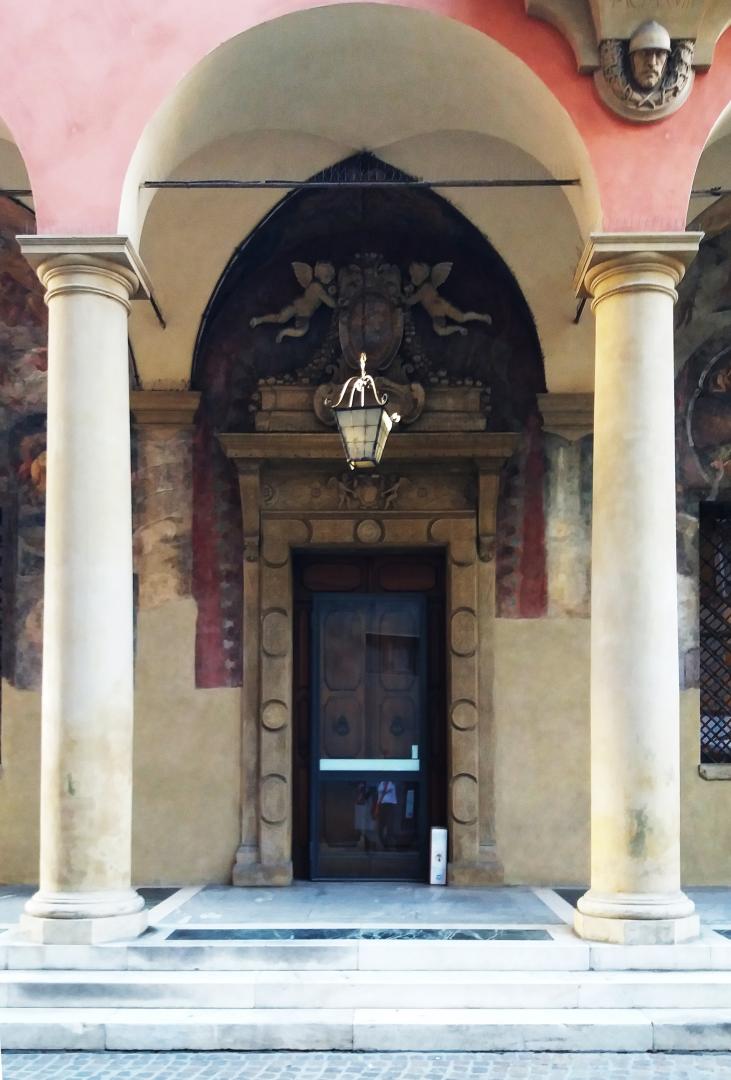Sources
Francisco Giordano, Il complesso di San Colombano in Bologna, Bologna, La fotocromo emiliana, [2009]
Franco Faranda, Superfici dipinte nella cripta di San Colombano, Argelato, Minerva, 2021
Giuseppe Vaccaro: architetture per Bologna, a cura di Maristella Casciato, Giuliano Gresleri, Bologna, Compositori, 2006.
https://genusbononiae.it/san-colombano-collezione-tagliavini/
Photo: Silvia Galli

